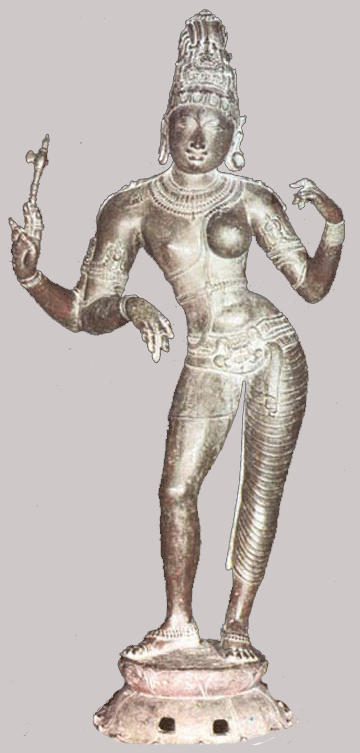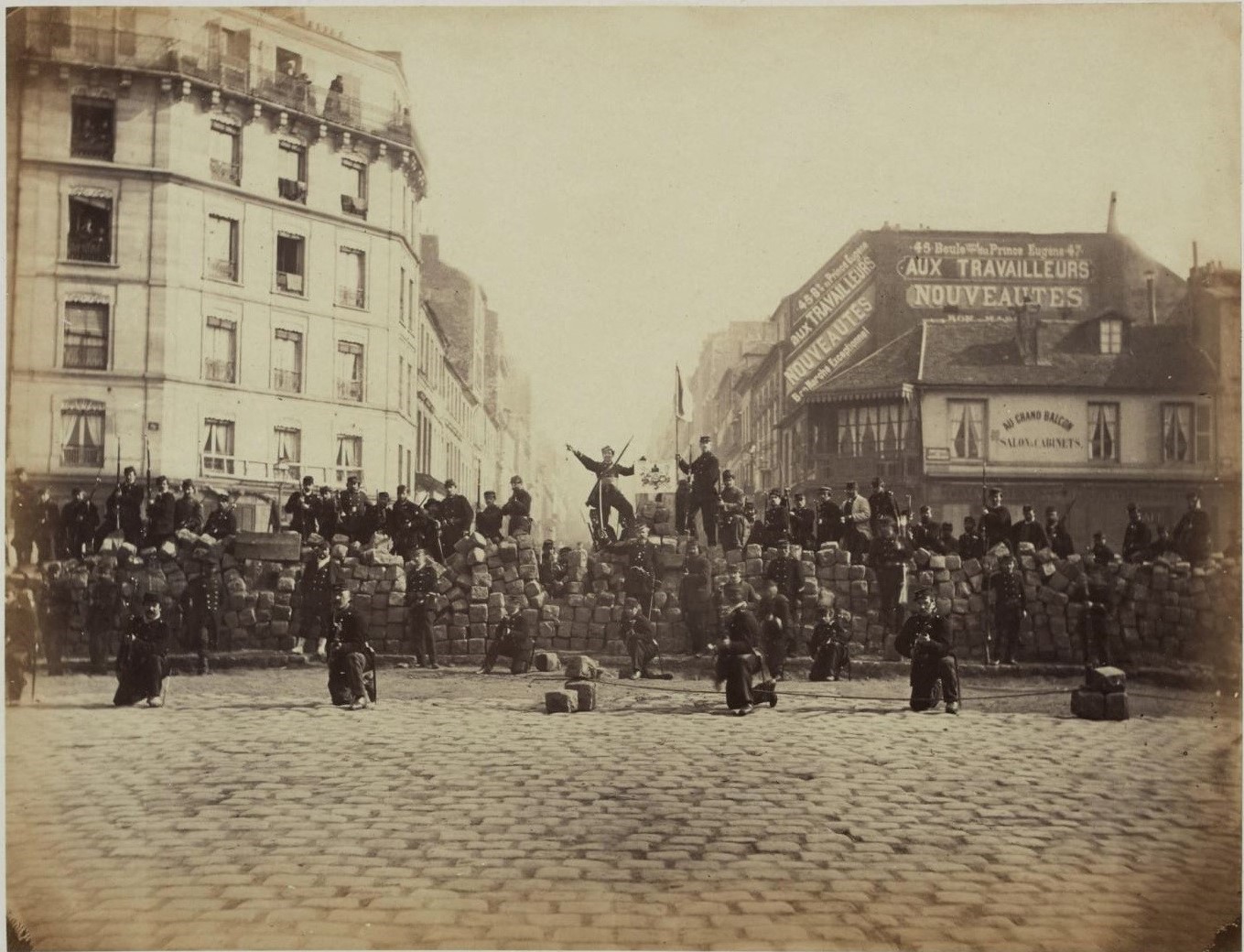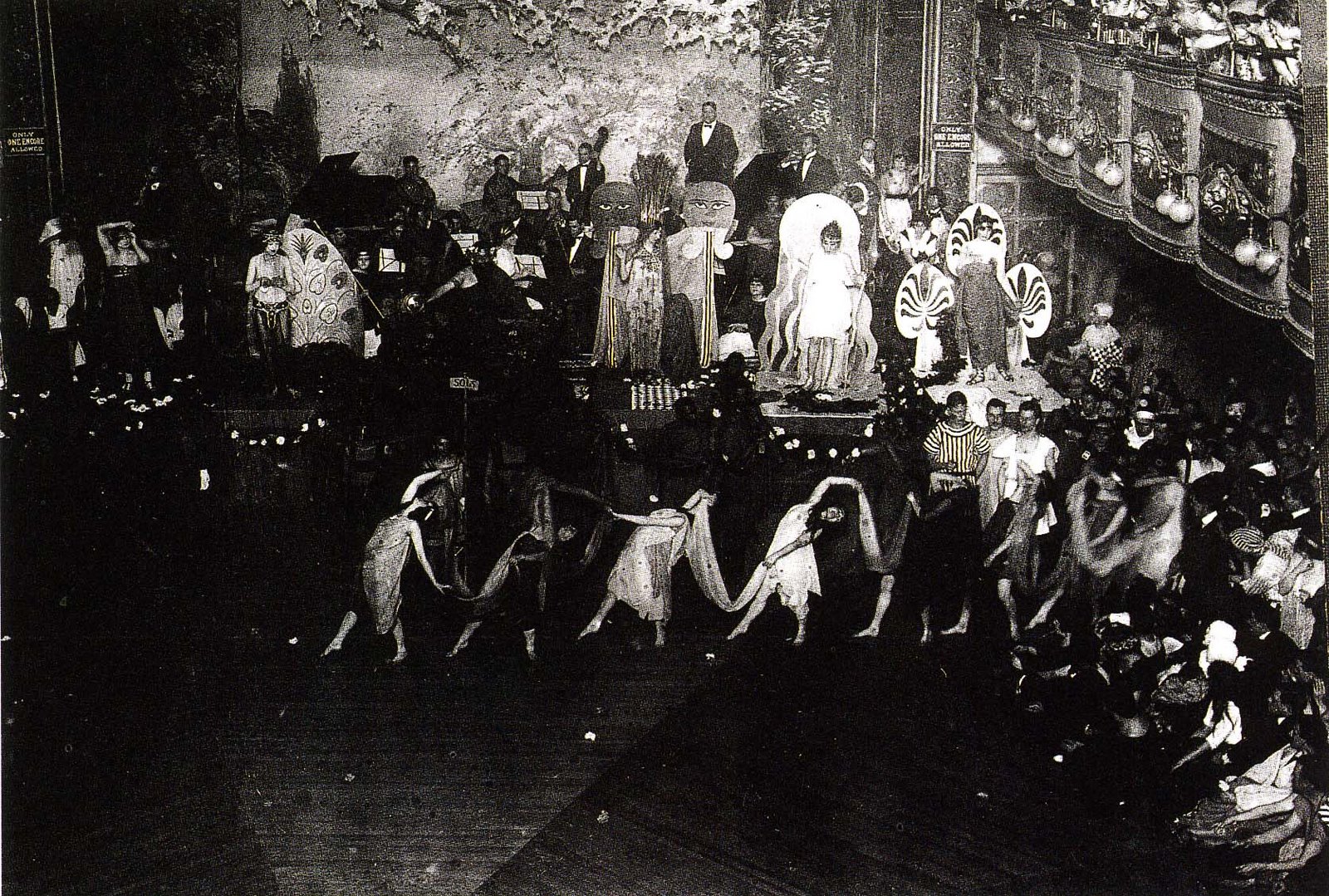|
LGBT Themes In Hindu Mythology
In Hindu Epic, there are deities or heroes whose attributes or behavior can be interpreted as lesbian, gay, bisexual, or transgender (LGBT) or have elements of gender variance and non-heterosexual sexuality. Traditional Hindu literary sources do not speak of homosexuality directly, but changes of sex, homoerotic encounters, and intersex or third gender characters are often found both in traditional religious narratives such as the ''Vedas'', ''Mahabharata'', ''Ramayana'' and ''Puranas'' as well as in regional folklore. Hindu mythology has many examples of deities changing gender, manifesting as different genders at different times, or combining to form androgynous or hermaphroditic beings. Gods change sex or manifest as an avatar of the opposite sex in order to facilitate sexual congress. Non-divine beings also undergo sex-changes through the actions of the gods, as the result of curses or blessings, or as the natural outcome of reincarnation. Hindu mythology contains numerous ... [...More Info...] [...Related Items...] OR: [Wikipedia] [Google] [Baidu] |
Iravan
Iravan also known as Iravat and Iravant, is a minor character from the Hindu epic Mahabharata. The son of Pandava prince Arjuna (one of the main heroes of the Mahabharata) and the Naga princess Ulupi, Iravan is the central deity of the cult of Kuttantavar (Kuttandavar) which is also the name commonly given to him in that tradition—and plays a major role in the sect of Draupadi. Both these cults are of Tamil origin, from a region of the country where he is worshipped as a village deity and is known as Aravan. He is also a patron god of well-known transgender communities called ''Thirunangai'' (also ''Aravani'' in Tamil, and ''Hijra'' throughout South Asia). The Mahabharata portrays Iravan as dying a heroic death in the 18-day Kurukshetra War (Mahabharata war), the epic's main subject. However, the South Indian traditions have a supplementary practice of honouring Aravan's self-sacrifice to the goddess Kali to ensure her favour and the victory of the Pandavas in the war. ... [...More Info...] [...Related Items...] OR: [Wikipedia] [Google] [Baidu] |
Androgynous
Androgyny is the possession of both masculine and feminine characteristics. Androgyny may be expressed with regard to biological sex, gender identity, or gender expression. When ''androgyny'' refers to mixed biological sex characteristics in humans, it often refers to intersex people, who are born with congenital variations that complicate assigning their sex at birth. In comparison, hermaphroditism is the possession of both male and female reproductive organs. Regarding gender identity, androgynous individuals may identify with non-binary identities. Others may identify as transgender. As a form of gender expression, androgyny has fluctuated in popularity in different cultures and throughout history. Physically, an androgynous appearance may be achieved through personal grooming, fashion, or hormone treatment. Etymology The term derives from grc, ἀνδρόγυνος, from , stem - (''anér, andro-'', meaning man) and (''gunē, gyné'', meaning woman) through the ... [...More Info...] [...Related Items...] OR: [Wikipedia] [Google] [Baidu] |
Alain Daniélou
Alain Daniélou (4 October 1907 – 27 January 1994) was a French historian, Indologist, intellectual, musicologist, translator, writer, and notable Western convert to and expert on the Shaivite sect of Hinduism. In 1991 he was awarded the Sangeet Natak Akademi Fellowship, the highest honour conferred by Sangeet Natak Akademi, India's National Academy for Music, Dance and Drama. Early life and education His mother, Madeleine Clamorgan, was from an old family of the Norman nobility; a fervent Roman Catholic, she founded schools and a religious order, the Order of Sainte-Marie, for women teachers in civilian costume under the patronage of St. François-Xavier. His father, Charles Daniélou, was an anti-clerical Breton politician who held numerous national ministerial posts in the Third Republic. One of his brothers was the Roman Catholic prelate and Académie Française member, Jean Daniélou. He received his education at the Institution Notre-Dame de Sainte-Croix, Neuil ... [...More Info...] [...Related Items...] OR: [Wikipedia] [Google] [Baidu] |
Parvati
Parvati ( sa, पार्वती, ), Uma ( sa, उमा, ) or Gauri ( sa, गौरी, ) is the Hindu goddess of power, energy, nourishment, harmony, love, beauty, devotion, and motherhood. She is a physical representation of Mahadevi in her complete form. She is also revered in her appearances as Durga and Kali.Suresh Chandra (1998), Encyclopedia of Hindu Gods and Goddesses, , pp 245–246 She is one of the central deities of the goddess-oriented sect called Shaktism, and the chief goddess in Shaivism. Along with Lakshmi and Saraswati, she forms the Tridevi. Parvati is the wife of the Hindu god Shiva. She is the reincarnation of Sati, the first wife of Shiva who immolated herself during a yajna (fire-sacrifice).Edward Balfour, , The Encyclopaedia of India and of Eastern and Southern Asia, pp 153 Parvati is the daughter of the mountain-king Himavan and queen Mena.H.V. Dehejia, Parvati: Goddess of Love, Mapin, , pp 11 Parvati is the mother of the Hindu deities Ganesha and ... [...More Info...] [...Related Items...] OR: [Wikipedia] [Google] [Baidu] |
Shiva
Shiva (; sa, शिव, lit=The Auspicious One, Śiva ), also known as Mahadeva (; ɐɦaːd̪eːʋɐ, or Hara, is one of the principal deities of Hinduism. He is the Supreme Being in Shaivism, one of the major traditions within Hinduism. Shiva is known as "The Destroyer" within the Trimurti, the Hindu trinity which also includes Brahma and Vishnu. In the Shaivite tradition, Shiva is the Supreme Lord who creates, protects and transforms the universe. In the goddess-oriented Shakta tradition, the Supreme Goddess ( Devi) is regarded as the energy and creative power (Shakti) and the equal complementary partner of Shiva. Shiva is one of the five equivalent deities in Panchayatana puja of the Smarta tradition of Hinduism. Shiva has many aspects, benevolent as well as fearsome. In benevolent aspects, he is depicted as an omniscient Yogi who lives an ascetic life on Mount Kailash as well as a householder with his wife Parvati and his three children, Ganesha, Kartikeya and A ... [...More Info...] [...Related Items...] OR: [Wikipedia] [Google] [Baidu] |
Ardhanarishvara
The Ardhanarishvara ( sa, अर्धनारीश्वर, Ardhanārīśvara, the half-female Lord, translit-std=IAST), is a form of the Hindu deity Shiva combined with his consort Parvati. Ardhanarishvara is depicted as half-male and half-female, equally split down the middle. The right half is usually the male Shiva, illustrating his traditional attributes. The earliest Ardhanarishvara images are dated to the Kushan period, starting from the first century CE. Its iconography evolved and was perfected in the Gupta era. The Puranas and various iconographic treatises write about the mythology and iconography of Ardhanarishvara. Ardhanarishvara remains a popular iconographic form found in most Shiva temples throughout India, though very few temples are dedicated to this deity. Ardhanarishvara represents the synthesis of masculine and feminine energies of the universe (Purusha and Prakriti) and illustrates how Shakti, the female principle of God, is inseparable from (or t ... [...More Info...] [...Related Items...] OR: [Wikipedia] [Google] [Baidu] |
Ardhanari
The Ardhanarishvara ( sa, अर्धनारीश्वर, Ardhanārīśvara, the half-female Lord, translit-std=IAST), is a form of the Hindu deity Shiva combined with his consort Parvati. Ardhanarishvara is depicted as half-male and half-female, equally split down the middle. The right half is usually the male Shiva, illustrating his traditional attributes. The earliest Ardhanarishvara images are dated to the Kushan period, starting from the first century CE. Its iconography evolved and was perfected in the Gupta era. The Puranas and various iconographic treatises write about the mythology and iconography of Ardhanarishvara. Ardhanarishvara remains a popular iconographic form found in most Shiva temples throughout India, though very few temples are dedicated to this deity. Ardhanarishvara represents the synthesis of masculine and feminine energies of the universe (Purusha and Prakriti) and illustrates how Shakti, the female principle of God, is inseparable from (or the ... [...More Info...] [...Related Items...] OR: [Wikipedia] [Google] [Baidu] |
Homoeroticism
Homoeroticism is sexual attraction between members of the same sex, either male–male or female–female. The concept differs from the concept of homosexuality: it refers specifically to the desire itself, which can be temporary, whereas "homosexuality" implies a more permanent state of identity or sexual orientation. It is a much older concept than the 19th-century idea of homosexuality, and is depicted or manifested throughout the history of the visual arts and literature. It can also be found in performative forms; from theatre to the theatricality of uniformed movements (e.g., the Wandervogel and Gemeinschaft der Eigenen). According to the ''Oxford English Dictionary'', it is "pertaining to or characterized by a tendency for erotic emotions to be centered on a person of the same sex; or pertaining to a homo-erotic person." This is a relatively recent dichotomyFlood, 2007, p.307. that has been studied in the earliest times of ancient poetry to modern drama by modern scholars. ... [...More Info...] [...Related Items...] OR: [Wikipedia] [Google] [Baidu] |
LGBT Themes In Mythology
LGBT themes in mythology occur in mythologies and religious narratives that include stories of romantic affection or sexuality between figures of the same sex or that feature divine actions that result in changes in gender. These myths are considered by some modern queer scholars to be forms of lesbian, gay, bisexual, or transgender (LGBT) expression, and modern conceptions of sexuality and gender have been retroactively applied to them. Many mythologies ascribe homosexuality and gender fluidity in humans to the action of gods or of other supernatural interventions. The presence of LGBT themes in mythologies has become the subject of intense study. The application of gender studies and queer theory to non-Western mythic tradition is less developed, but has grown since the end of the twentieth century. Myths often include being gay, bisexual, or transgender as symbols for sacred or mythic experiences. Devdutt Pattanaik argues that myths "capture the collective unconsciousness of ... [...More Info...] [...Related Items...] OR: [Wikipedia] [Google] [Baidu] |
Activist
Activism (or Advocacy) consists of efforts to promote, impede, direct or intervene in social, political, economic or environmental reform with the desire to make changes in society toward a perceived greater good. Forms of activism range from mandate building in a community (including writing letters to newspapers), petitioning elected officials, running or contributing to a political campaign, preferential patronage (or boycott) of businesses, and demonstrative forms of activism like rallies, street marches, strikes, sit-ins, or hunger strikes. Activism may be performed on a day-to-day basis in a wide variety of ways, including through the creation of art ( artivism), computer hacking (hacktivism), or simply in how one chooses to spend their money (economic activism). For example, the refusal to buy clothes or other merchandise from a company as a protest against the exploitation of workers by that company could be considered an expression of activism. However, the most ... [...More Info...] [...Related Items...] OR: [Wikipedia] [Google] [Baidu] |
Queer
''Queer'' is an umbrella term for people who are not heterosexual or cisgender. Originally meaning or , ''queer'' came to be used pejoratively against those with same-sex desires or relationships in the late 19th century. Beginning in the late 1980s, queer activists, such as the members of Queer Nation, began to reappropriation, reclaim the word as a deliberately provocative and Gay liberation, politically radical alternative to the more assimilationist branches of the LGBT community. In the 21st century, ''queer'' became increasingly used to describe a broad spectrum of non-normative sexual and/or gender identities and politics. Academic disciplines such as queer theory and queer studies share a general opposition to Gender binary, binarism, normativity, and a perceived lack of intersectionality, some of them only tangentially connected to the LGBT movement. Queer arts, queer cultural groups, and queer political groups are examples of modern expressions of queer identities. ... [...More Info...] [...Related Items...] OR: [Wikipedia] [Google] [Baidu] |
Hinduism
Hinduism () is an Indian religion or '' dharma'', a religious and universal order or way of life by which followers abide. As a religion, it is the world's third-largest, with over 1.2–1.35 billion followers, or 15–16% of the global population, known as Hindus. The word ''Hindu'' is an exonym, and while Hinduism has been called the oldest religion in the world, many practitioners refer to their religion as '' Sanātana Dharma'' ( sa, सनातन धर्म, lit='the Eternal Dharma'), a modern usage, which refers to the idea that its origins lie beyond human history, as revealed in the Hindu texts. Another endonym is ''Vaidika dharma'', the dharma related to the Vedas. Hinduism is a diverse system of thought marked by a range of philosophies and shared concepts, rituals, cosmological systems, pilgrimage sites, and shared textual sources that discuss theology, metaphysics, mythology, Vedic yajna, yoga, agamic rituals, and temple building, among other to ... [...More Info...] [...Related Items...] OR: [Wikipedia] [Google] [Baidu] |











